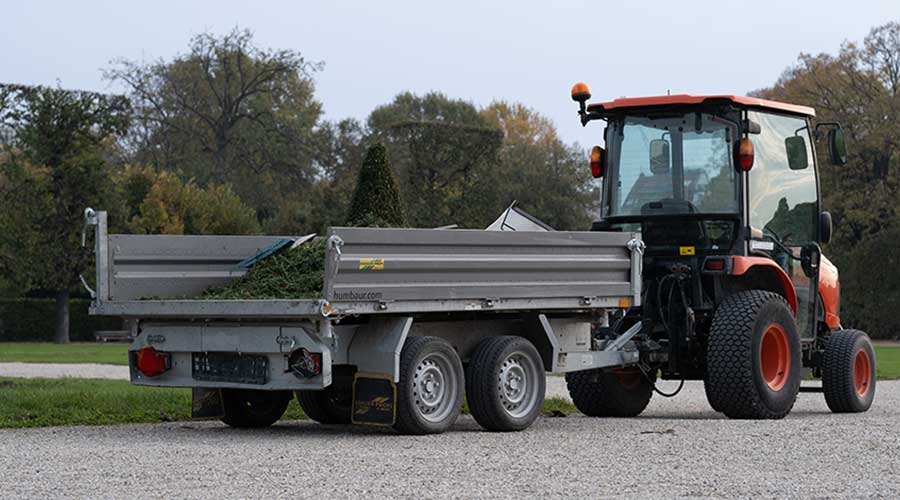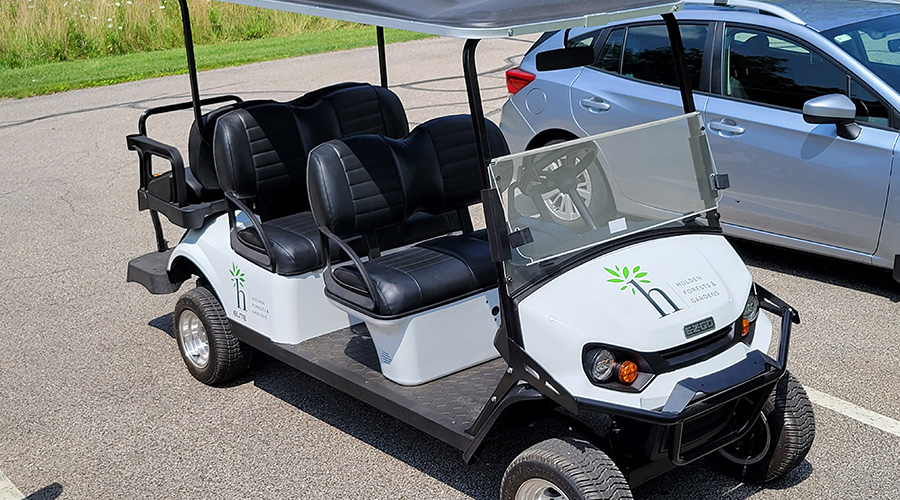 The popularity of utility vehicles has inspired manufacturers to innovate their products with the additional strength, durability and versatility needed to meet growing customer demands.
The popularity of utility vehicles has inspired manufacturers to innovate their products with the additional strength, durability and versatility needed to meet growing customer demands.Specifying Utility Vehicles Based on Facility Needs
By understanding equipment options and department needs, managers can select vehicles that deliver productivity and performance
Being responsible for maintaining the grounds of a facility or campus encompasses an endless number of daily tasks and duties across the property. Would adding an ATV or utility vehicle make a worthwhile improvement in operations and ultimately, the bottom line? Managers need a few good answers to make that determination and decide which machine will work best. Consider these questions in making a decision:
- How much distance do equipment operators need to travel, and how often do they make the trip on an average day?
- What kind of terrain are operators traversing? Is there a great deal of turf or concrete? What kind of ground clearance is required? Do they need the stability and maneuverability to navigate over, through or around hardscapes, plant and flower beds, rocks, steep grades, tree-lined pathways, gateways and other tight areas?
- What is the primary use for this piece of equipment? Is the main goal to cut travel time? Do operators need to haul people? If so, how many?
- Are cab noise levels a consideration? Or do operators have a variety of tasks to tackle?
- What kind of tools, supplies and other materials will operators be hauling?
- How much weight do they need to accommodate?
- Will users have to tow a trailer or do other pulling or towing?
- How many crew members does the equipment need to haul?
- Are users planning to plow snow or push rocks and soil?
- What other functions and options are important to complete every job most effectively?
- Are employees operating the vehicle physically capable?
- What are the considerations for fuel type?
- What role does sustainability play in daily operations?
- Will the convenience and improved efficiencies be worth the expense?
Once a manager has confirmed that adding this piece of equipment can, in fact, improve efficiencies and make equipment operators more productive, the next step is to use the information gleaned to this point to select type of vehicle that will achieve the department’s goals. Managers need to decide on the vehicle’s size, power and load capacity, as well as types of tires and other options needed to maximize performance and longevity.
If the main priority is to cover a great deal of ground quickly, a basic ATV could be a good fit. If operators need the mobility along with more space, power, hauling capacity, versatility, a utility vehicle might be the most appropriate option.
Related Topics:















